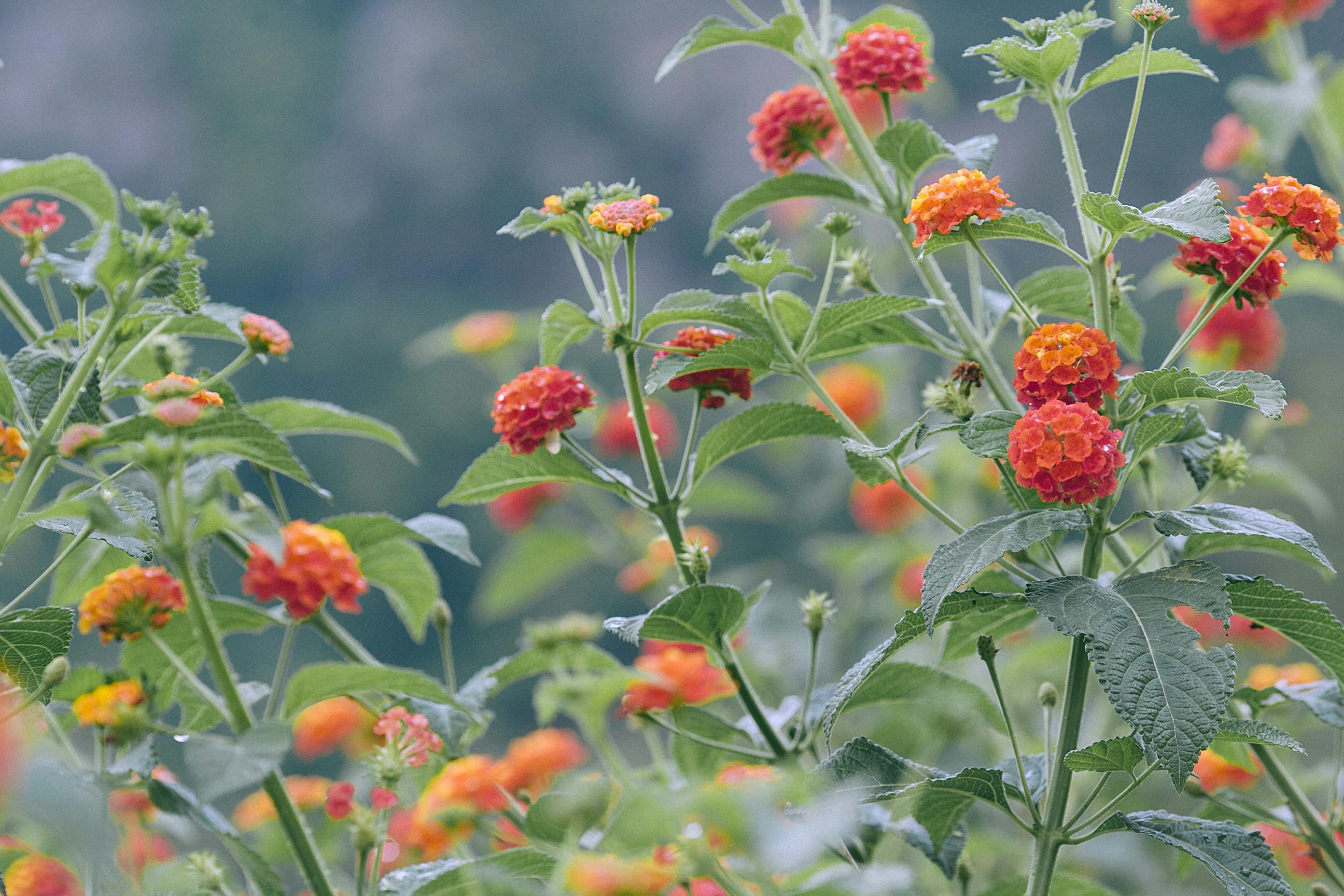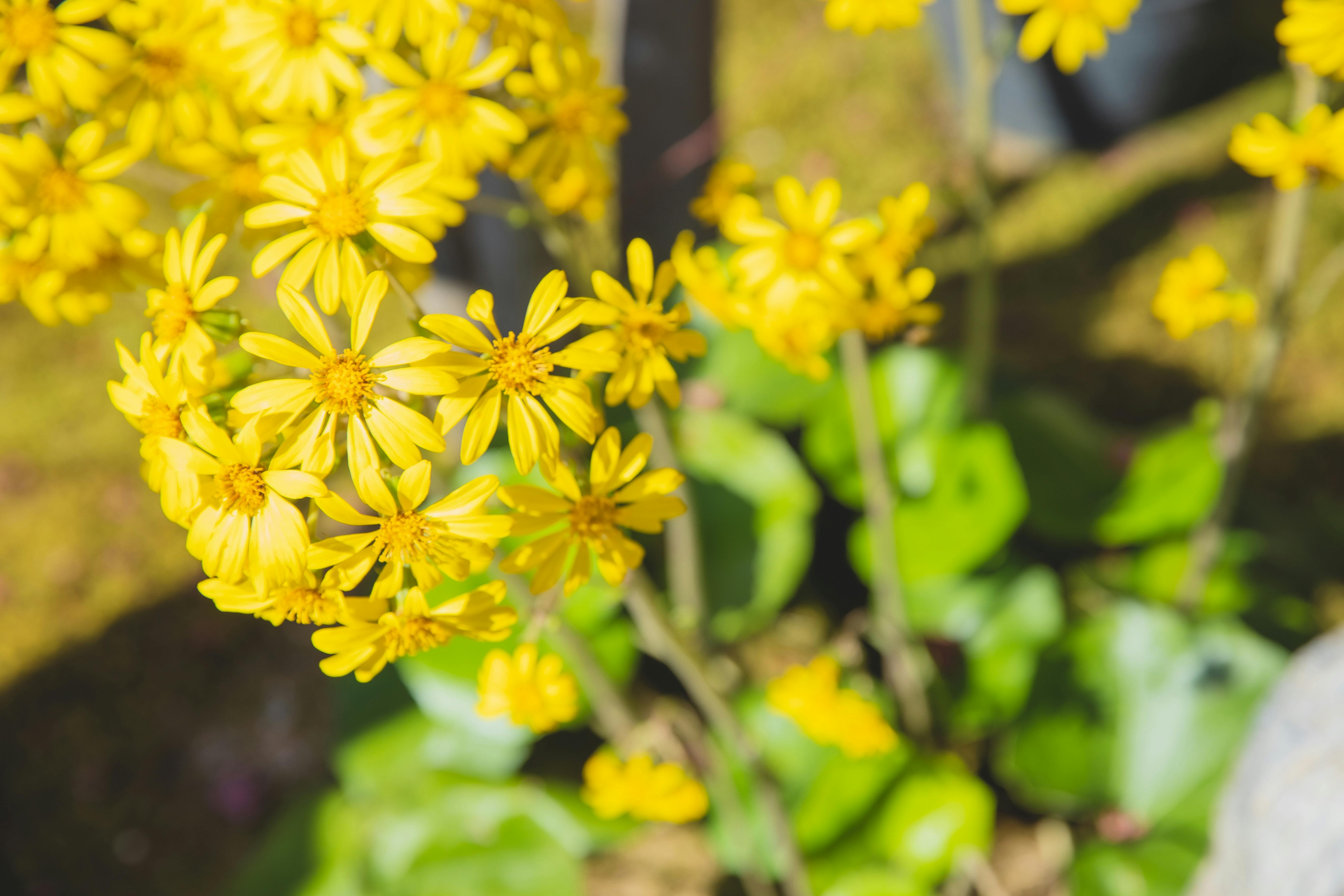Growing wildflowers in your garden is a great way to add color, texture and a touch of nature to your outdoor space. Wildflowers are easy to grow, require little maintenance and can provide a beautiful display of blooms for months. With just a few steps, you can create a wildflower garden that will be the envy of all your neighbors.To grow wildflowers in your garden, you will need the following items:
-Wildflower seeds of your choice
-Gardening tools such as a trowel, spade, rake, and hoe
-Fertilizer appropriate for the type of soil in your garden
-Compost or other organic matter to enrich the soil
-Mulch to help keep moisture in and weeds out
-A watering can or hose with a sprinkler attachment
Prepare Your Garden Soil for Planting Wildflowers
Preparing your garden soil for planting wildflowers is a vital step in ensuring the success of your flower garden. Wildflowers can be a great addition to any home garden and will add beautiful color to your outdoor space, but they need the right environment to thrive. To make sure that your wildflower plants are given the best chance of success, it’s important to prepare the soil prior to planting. Here are some steps you can take to get your soil ready for wildflower planting.
<
Choosing the Right Seeds for Your Wildflower Garden
When it comes to growing wildflowers, selecting the right seeds is essential for a successful garden. There are many varieties of wildflower seeds available, and it can be overwhelming trying to choose the best ones for your garden. Here are some tips to help you select the right wildflower seeds for your landscape.
The first step in choosing the right wildflower seeds is to determine what type of environment you want to create in your garden. Consider factors like sunlight, soil conditions, and moisture levels
When to Plant Wildflower Seeds
Wildflowers are a great way to add vibrant color and texture to any garden or landscape. Planting wildflower seeds is an easy and affordable way to create a beautiful, natural display of blooms. Knowing when to plant wildflower seeds is important for successful growth and bloom.
For optimal success, it is best to wait until late fall or early winter when temperatures are cooler and rainfall is more plentiful. This helps the seeds take root before the harsh heat of summer arrives. The best time for planting will depend on your local
https://images.pexels.com/photos/4947125/pexels-photo-4947125.jpeg
How to Plant Wildflower Seeds
Growing wildflowers is an excellent way to add beauty and color to any landscape. They are easy to plant and require very little maintenance. Here is a step-by-step guide on how to plant wildflower seeds:
The first step is to select an area in your garden or yard that has plenty of sunlight and good drainage. You should also make sure the soil is not too compact, as this can prevent the seeds from germinating. Once you have chosen the location, prepare the soil

Tips for Watering Wildflower Plants
Watering wildflower plants is an important part of keeping them healthy. Proper watering helps to promote strong root development, which leads to healthier plants that are better able to resist pests and disease. Here are some tips for how to water your wildflower plants:
1. Water your wildflowers in the early morning or evening when temperatures are cooler and there is less wind. This will help reduce evaporation so more water will be available for the plant roots.
<
Thinning Out Overcrowded Wildflowers
Wildflowers are a beautiful addition to any garden, and they can provide a great source of color and interest. But sometimes, wildflowers can become overcrowded and take over the garden. If this happens, it can be difficult to manage the flowers and keep them looking their best. Fortunately, there are some steps that can be taken to help thin out overcrowded wildflowers and keep them in check.
The first step in thinning out overcrowded wildflowers is to identify
Compost
Compost is an excellent way to add nutrients to the soil and help wildflowers thrive. It helps to retain moisture in the soil, which is especially beneficial during periods of drought. It also increases the organic matter in the soil, promoting healthy plant growth. Compost should be added to the soil before planting wildflowers, and then applied once or twice a year afterwards. When applying compost, make sure to spread it evenly over the area and rake it into the top few inches of soil.
F

Conclusion
Growing wildflowers in your garden is a rewarding and enjoyable experience. It is important to research which species are best suited to your local climate, and to ensure that you are planting the right ones for your soil type and conditions. Once you have purchased the right wildflower seeds, you will need to prepare the soil and sow them appropriately. If you provide enough moisture, sunlight and nutrients, your wildflowers should thrive and attract a variety of beneficial wildlife. With a little bit of care and attention, you can create a beautiful display of colour in your garden with
